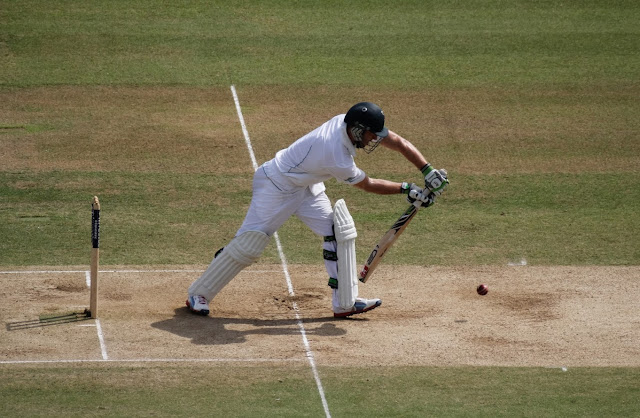The Dark Side of Being Perceived as Attractive

In today's society, the obsession with physical appearance has reached alarming levels. It's not uncommon for individuals who are perceived as attractive to face a myriad of challenges solely based on their looks. From being stared constantly to experiencing unwanted attention and even stalking, the impacts of our fixation on appearance are far-reaching and detrimental. Imagine being so attractive that you rarely get approached by intelligent and normal people. It may sound like a compliment at first, but in reality, it can be isolating and frustrating. When someone's appearance becomes the focal point , their other qualities and characteristics are often overlooked or dismissed. For many individuals, being constantly stared at by random strangers is a daily occurrence. Whether they're walking down the street, sitting in a cafe, or waiting for public transportation, the feeling of being under constant scrutiny can be exhausting and unnerving. Additionally, there's t





